Windows give us the ability to enjoy pleasant views, provide natural light, insulation, and ventilation, and add to a building’s overall aesthetic. When regularly cleaned and properly maintained, they improve energy efficiency, easing the burden on a building’s mechanical systems and reducing costs for homeowners.
The task of keeping windows well-maintained and clean—expecially in high-rise buildings—is not for the faint of heart, however. Window cleaning companies employ a variety of cleaning methods, from ground teams with handy tools to rope access technicians who brave the elements and repel down the sides of tall buildings.
Take Care Up There
Safety is one of the biggest considerations when cleaning windows, along with the physical and environmental impact of the products used to get the job done. Proper licensing and continued learning helps technicians stay up-to-date on best training and safety practices to help minimize risks. There are three main certification organizations for rope access technicians—the trade sector that includes window cleaners: International Window Cleaning Association (IWCA), Industrial Rope Access Trade Association (IRATA), and Society of Professional Rope Access Technicians (SPRAT). Mandating that their technicians hold at least one of these certifications reduces the likelihood of accidents and injuries, and protects window-washing companies in terms of liability.
As Maria Tuzhylkina of Manhattan-based Big Apple Cleaning points out, window cleaning companies must adhere to Occupational Safety and Health Administration (OSHA) standards and obtain necessary permits for work above 75 feet. This includes the DOB CD5 work permit for buildings in New York City and permits from the DOT to park and operate aerial lifts for window cleaning.
And it’s not only the cleaning companies that are responsible. Boards and managers must also check to make sure these documents and permits are in place to comply with city codes and mitigate their own potential liability. Tuzhylkina notes, “Not every job requires a specific permit, but it’s imperative that one is procured in every instance that calls for it.”
Tuzhylkina says window cleaners implement a number of safety measures to minimize any risks for themselves, and for pedestrians passing below. Most importantly, technicians—who often work in pairs for additional safety and accountability—are trained in fall protection and emergency response, using fall arrest systems when working on harnesses and ropes, wearing helmets and personal protective equipment, monitoring the weather, and creating safety zones by barricading the sidewalk with signs and caution tape or cones.
Setting a Schedule
Rich Ward, co-owner and head of operations of nationwide window cleaning company Squeegee Squad’s Chicago office, notes that clean windows do more than just look nice and let in light; they’re also more energy efficient. “Over time, dirt on windows acts like an insulator,” he says, “preventing optimal heat gain in the winter and blocking sunlight in the summer. It makes your building rely more on artificial heating or cooling. It’s essential to have windows cleaned at least once a year to keep the building running efficiently.”
Ward further explains the impact of long-term dust, grunge, and grime: “The sun bakes debris into the window, and people don’t realize a window is like a living, breathing kind of thing—it soaks up moisture and collects debris, and that obstructs natural light and affects the energy efficiency of the building. When that happens, it can affect how efficiently your HVAC units operate, because it makes them work harder and increases energy consumption, resulting in higher utility bills for residents.”
With something as simple as dirt build-up on a window leading to higher energy costs, it’s important to conduct regular inspections to survey your building structurally, and to allow the board, management, and residents to see where improvements can be made to improve efficiency.
Ideally, a building should have its windows professionally cleaned at least once a year; preferably twice. However, says Ward, “It really depends on the client. We have some buildings who have us regularly scheduled to come out. Sometimes, they like to do something in the springtime to remove all the dirt, salt, and grime from the winter months. Our larger residential buildings and commercial clients ideally like to do it twice a year.”
Ward adds that the schedule is largely influenced by the season, as well as events in and around the building. “If you have a big construction job ending, you might want to take that opportunity to get any dirt or buildup off the windows,” he says. Otherwise, you would want to wait for the spring when there is less chance of more buildup.”
Tuzhylkina notes that “buildings in higher pollution areas might require more frequent cleanings.” She agrees with Ward that spring is the ideal season for cleaning because exterior work is so dependent on weather conditions. “The cleaning season usually ends by December and resumes in early March. We don’t want to be cleaning in below-freezing temperatures,” she states. “Above 40°F is ideal for safety and efficiency. We need at least 50°F outside, with no rain or strong winds. ”
Getting Tough on Grime
Determining the best cleaning methods and solutions for a given property depends on the type of grime involved. “Our methods are the same across the board for most properties,” says Ward. “We use a squeegee, a T-shaped window cleaning mop, and basic Dial dishwashing soap that’s a little higher grade—practically the same soap you use at home to clean your dishes. We don’t need to use crazy chemicals to do the job well. If there’s bad staining, we might occasionally need to use a product called Bio-Stain, but even that is pretty environmentally friendly.”
Tuzhylkina says clients often request eco-friendly methods like deionized water and waste disposal solutions. She notes: “We use biodegradable chemical cleaning solutions approved for food-serving establishments. For severe buildup, we may use steel wool and chemical cleaners to remove hard water stains or construction residue.” According to her, professional cleaning will remove corrosive contaminants—like lime deposits, for example—that cause grime to form, and eventually lead to the deterioration of the glass. These deposits not only diminish both the look and view of your windows, but also make windowpanes more prone to damage over time.
The taller the building, the higher the technology pro cleaners may employ. Window-cleaning drones and self-cleaning windows reduce the need for human rope access teams, but often come at a much higher price tag. “If you’ve got a very high building like the Sears Tower,” Ward explains, “you’re going to want to rely more on technology for the safety of your team. But besides that, the simpler methods are still the most commonly used for most buildings.”
Getting an Estimate
Several factors can influence the price of window cleaning, from the complexity of the job to the accessibility of the building. Tuzhylkina explains that oftentimes, the cost is driven equally by the design of the building and the extent of the grime. According to her, “The most important pricing factors in our business are complexity and accessibility. The extent of dirt and oxidation, the overall quantity of panels, and the general design of both windows and the building as a whole all play a role in the project, determining what solutions and equipment will be used.”
The location of the building may also influence the type of cleaning needed. If it’s situated next to a body of water–especially seawater that covers the glass in salt and sand particles–or isolated, and not surrounded by other buildings of equal height that can help mitigate the more severe impact of environmental factors, it will likely need more time and special attention than buildings further inland or with neighbors close by. As Ward notes, “When we do estimates, we have to consider all these things.”
While grubby windows might not seem as pressing an issue as a leaky roof or a puttering boiler, neglecting them for any amount of time is unwise. “With the cost of living increasing exponentially, neglecting window cleaning is an understandable consequence,” says Tuzhylkina, “but the ramifications of that neglect can be harmful in terms of safety and market value of a given property.”
While window cleaning only needs to be maintained once or twice a year, making sure it’s regularly scheduled can save your building big time in the long run, both in terms of energy costs, and curb appeal.
Kate Mattiace is Associate Editor of CooperatorNews.



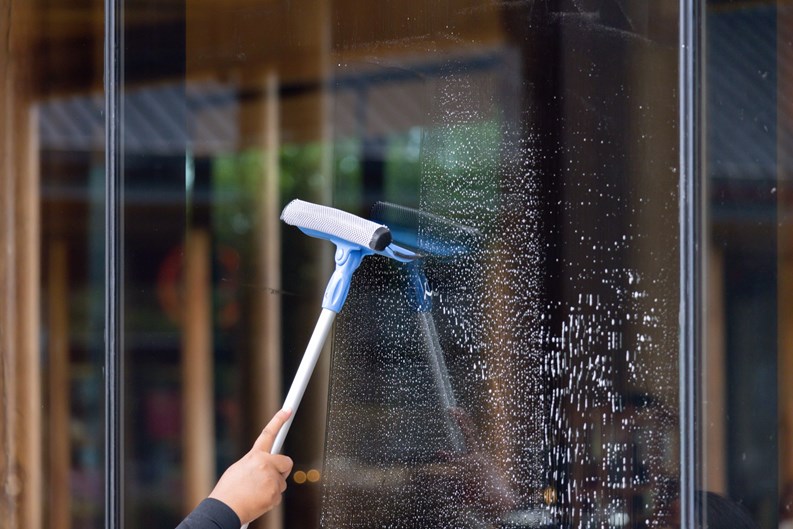
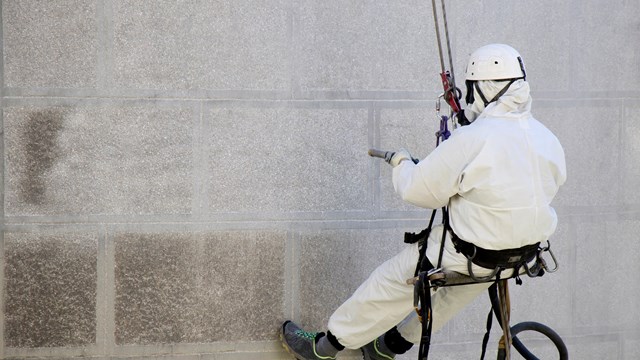
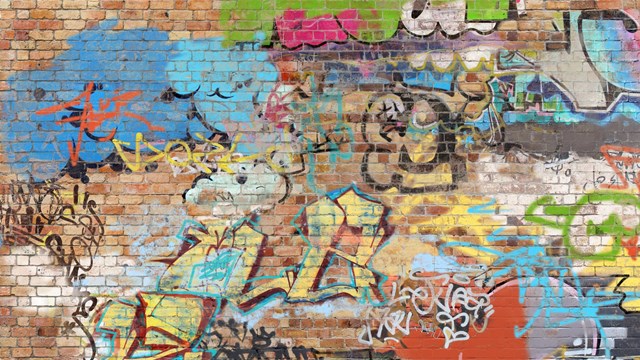
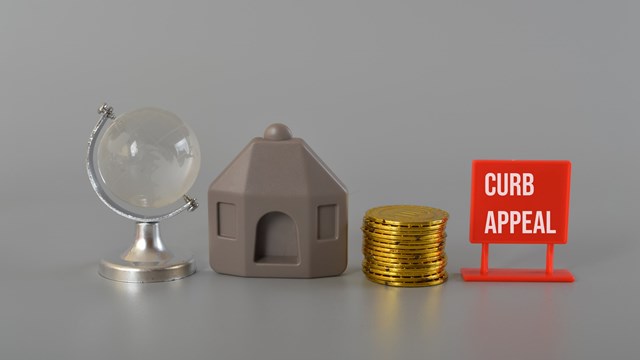

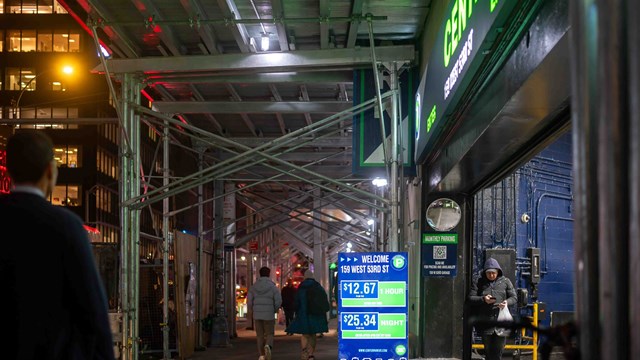

Leave a Comment